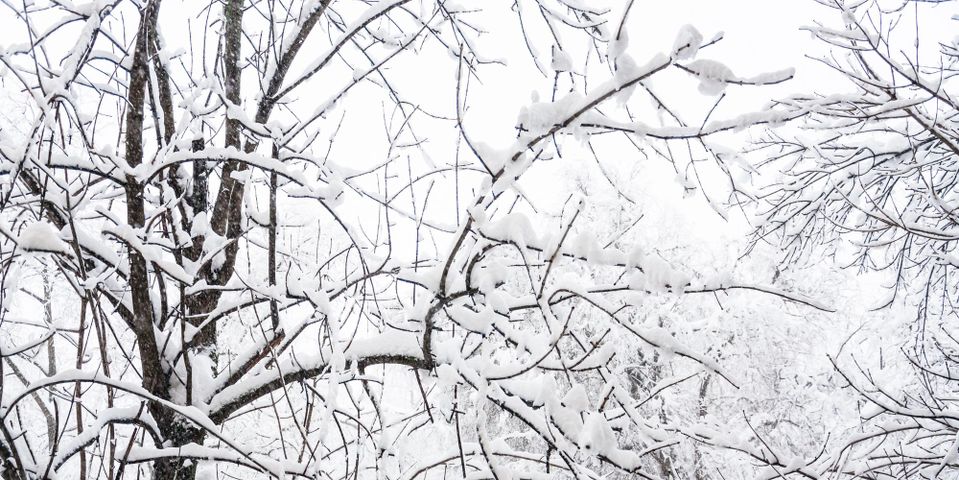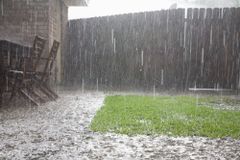How the Weather Affects Your Septic System

Certain weather conditions can jeopardize the health of your septic system. Learn about some of the potential issues so you can prepare with the proper septic tank maintenance.
What the Weather Does to Your Septic System
Cold Temperatures
Winter weather is difficult for your septic tank to handle because it’s full of bacteria that process your household’s waste. At temperatures below 50°F, these bacteria slow down or even die, in which case your home’s waste builds up. The resulting fullness can lead to a leak or sewage coming up through your home’s drains.
Heavy Rain
 Wastewater from the septic system flows through to the drainfield, which further processes the effluent before releasing it into the surrounding soil. Lots of rainfall can saturate the drainfield, preventing wastewater from entering.
Wastewater from the septic system flows through to the drainfield, which further processes the effluent before releasing it into the surrounding soil. Lots of rainfall can saturate the drainfield, preventing wastewater from entering.
With nowhere else to go, wastewater and sewage travel back into your home, filling up the drains. A saturated drainfield can also cause the sewage to seep into the groundwater around your property, which can lead to contamination.
Recommended Septic Tank Maintenance
Keeping up with routine septic tank maintenance and having the tank emptied every few years will improve its condition to make it better able to handle the elements. To combat dropping temperatures, use bacteria that can handle the cold, and add more before winter. If your drainfield gets flooded, reduce your water usage until it returns to normal.
The locally owned Bigfoot Pumping & Thawing in North Pole has provided residents of interior Alaska with seasonal septic tank maintenance and emergency services for over 35 years. You can count on them for pipe thawing as well if your plumbing freezes in the upcoming winter. Visit their website to learn more about their septic services, or call (907) 488-9855 to set up an estimate. You’ll also find more septic and plumbing tips on their Facebook page.
About the Business
Have a question? Ask the experts!
Send your question

